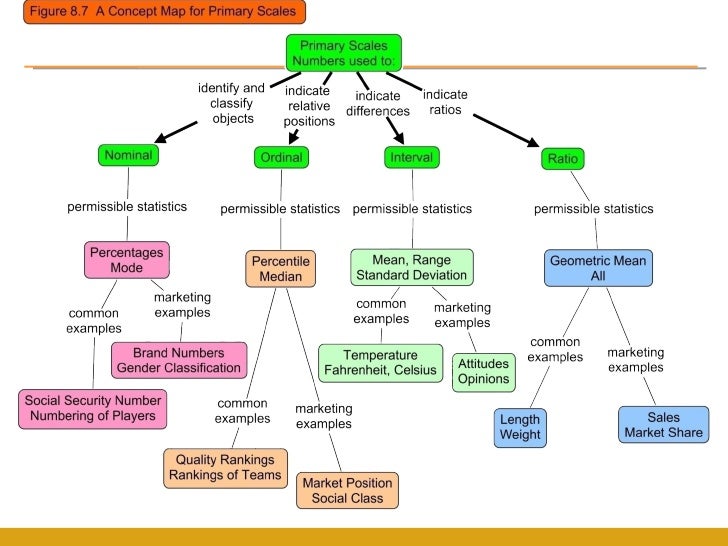
Concepts associated with [insert topic]. Measures of position measures of position also allow us to compare values from different distributions. Perceptual mapping is a diagrammatic technique used by asset marketers that attempts to visually display the perceptions of customers or potential customers. Typically the position of.
Isa Isahin Ang Mga Tauhan Sa Kwento, MGA TAUHAN SA NOLI ME TANGERE, 15.06 MB, 10:58, 43,812, Padayon Wikang Filipino, 2021-05-16T03:45:21.000000Z, 19, Isa-isahin ang mga tauhan sa kwentong "Ang Kulapi" at ang mga katangian, brainly.ph, 720 x 786, jpeg, ang nito kwentong tauhan katangian, 20, isa-isahin-ang-mga-tauhan-sa-kwento, Trending Topic
Concept maps are a graphic representation of students’ knowledge. Having students create concept maps can provide us insights into how students organize and represent knowledge. Quantiles are measures of positions that divide a distribution into four, ten, and hundred equal parts. Examples of these are percentiles, deciles, and quartiles. Reflection journal write a reflection journal titled measure of position using the format: Things learned and insights 11. Arrange the scores in increasing or decreasing order 2. Identify the lowest score and highest score 3. Find the middle score.
Must watch Measures of Position (Quartiles, Deciles, and Percentiles) trending
Viral ATI Basic Concept Template viral
Subject Concept Maps popular
Latest CalTech STEM Concept Map Infrared Spectroscopy popular
Articles Concept Maps Made Easy Using Nursing Central New
New Group concept mapping more
Videos Classification of Matter Concept Map
About Mapping a Figure onto Itself viral
Discussion Measures of Position for Ungrouped Data | General Method viral
Production and Operational Management Overview with Mind Concept Map by Dr George Mochocki DBA MBA Latest
Details Measure Of Position Concept Map Next
This statistics video explains measures of position commonly found in statistics: quartiles, deciles, and percentiles. Measures of position tell us where a data value falls in the distribution compared to the rest of the data. Quartiles cut our data into 25% increments (Q1, Q2, Q3), and deciles cut our data into 10% increments (D1, D2, D3, etc.). Percentiles are the most commonly known, and they cut our data into 1% increments. We also show a simple formula for finding quartiles in statistics, deciles in statistics, and percentiles in statistics.
Houston Math Prep Statistics Playlist: youtube.com/playlist?list=PLbYOkEbzW903okrN7cDLhmjOoiiTAw6gz
Houston Math Prep YouTube Channel: youtube.com/user/HoustonMathPrep
Let's see A Journey to my Life: Measures of Position

Currently - Measures of Position: 2017 Latest

Viral Measure of Position : 2017

Here Measures of Position viral

New Documenting UI design patterns | User experience viral

Currently - Positioning Map update
Latest Concept Map -- Problems in Measurement trending
News The concept of the product position map model. | Download Scientific going viral

New Concept Map viral
Currently - Measurement and scales going viral











